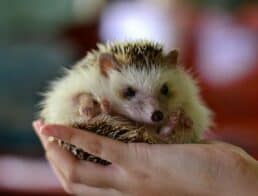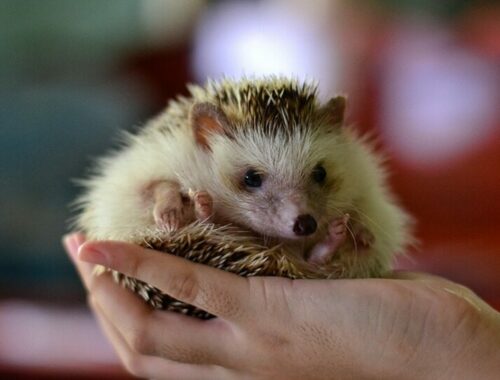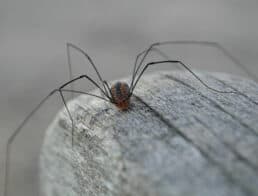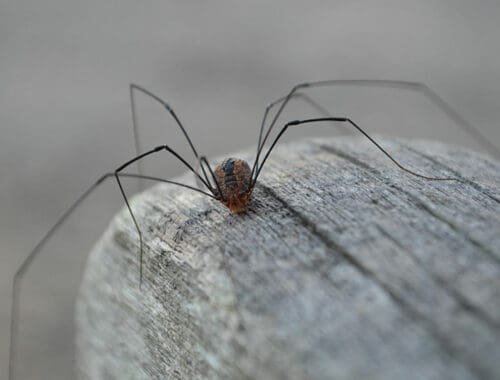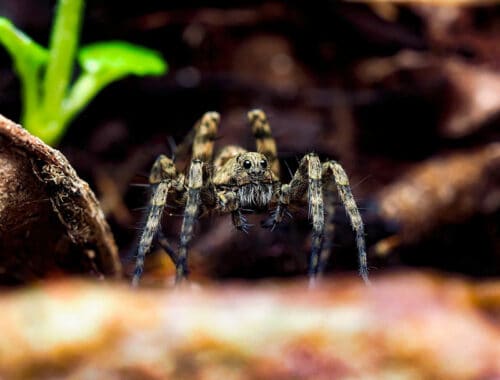Every animal fits into one of three categories related to its diet. Cats are carnivores; rabbits, horses, and ruminants are herbivores; pigs and dogs, like people, are omnivores. That’s what most people have always thought, anyway. A growing body of veterinary professionals and researchers are providing strong arguments for dogs being carnivores rather than omnivores.
So, are dogs carnivores or omnivores? Why is there a sudden shift in thinking on something as simple as an animal’s diet?
The Omnivore Argument
Let’s look at the science behind the argument for dogs being omnivores. Three strong facts favor the “dogs are omnivores” theory.
- A dog’s intestines are long in size: Meat is relatively easy to digest compared to plant protein. If you look at the intestinal length of known carnivores, like cats, it is quite short. Herbivores, in contrast, have long intestines because plant matter is hard to break down. Creatures that are omnivores digest both and have intestinal lengths somewhere in between. A dog’s intestinal length is longer than a cat’s, so it makes sense that they are omnivores.
- Wolves eat grains: The domestic canine’s wild ancestors eat plenty of grain. Wolves are known to binge eat berries and grains found in their prey’s stomachs.
- Dog’s digestive systems are specially adapted to eat grain: Dogs have three genes that provide them the ability to digest starch and glucose. Given that this is part of their genetic code, it’s hard to argue that dogs aren’t made to eat vegetables and grains.

The Carnivore Argument
These arguments make a solid case for classifying dogs as omnivores. But it’s not so simple. Dr. Wouter Hendriks of Utrecht University’s Veterinary School in the Netherlands makes a strong argument in favor of dogs being carnivores. He offers the Coefficient of Fermentation (CoF) Theory. It states that the volume of the intestines should be used to classify animals as carnivores rather than intestinal length. The total volume of canine and feline intestines is similar.
Herbivores can digest and absorb the nutrition in plant matter based on their capacity to ferment it. According to Dr. Hendriks, this gives them a high CoF, but carnivores don’t have this ability. He concludes that the CoF of dogs and cats is low, and it is, therefore, right to classify both dogs and cats as carnivores.
Which Argument Is Correct?
A thorough look at the two arguments still favors dogs being omnivores. While there is truth to Dr. Hendrik’s arguments, the digestive systems of herbivores are quite different from those of omnivores because omnivores still digest meat.
Humans are omnivores and have a relatively low CoF. We can sustain a healthy diet in many forms, including a vegetarian or vegan diet. But we don’t ferment our vegetables. Dogs also can and do eat a variety of different foods, including many that are forbidden to carnivores.
Though dogs have a few traits that are carnivorous in nature, they are generally omnivores. Dogs have adapted to human cuisine and as a result, cannot be pure carnivores.
Featured Image Credit: Phuttharak, Shutterstock

